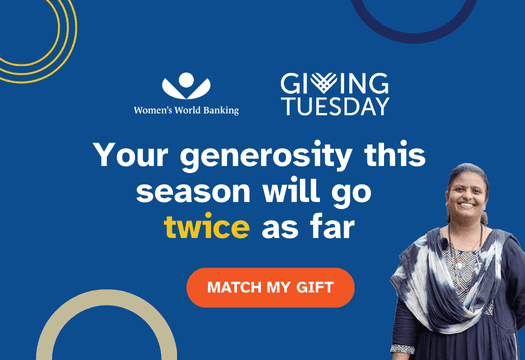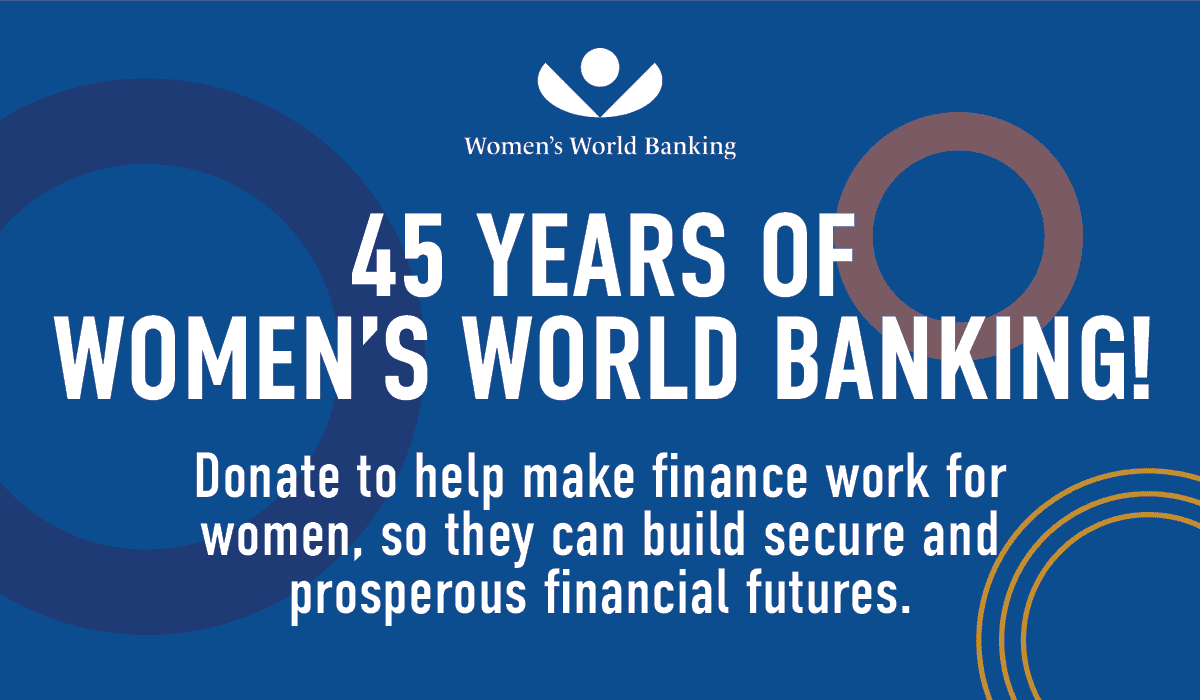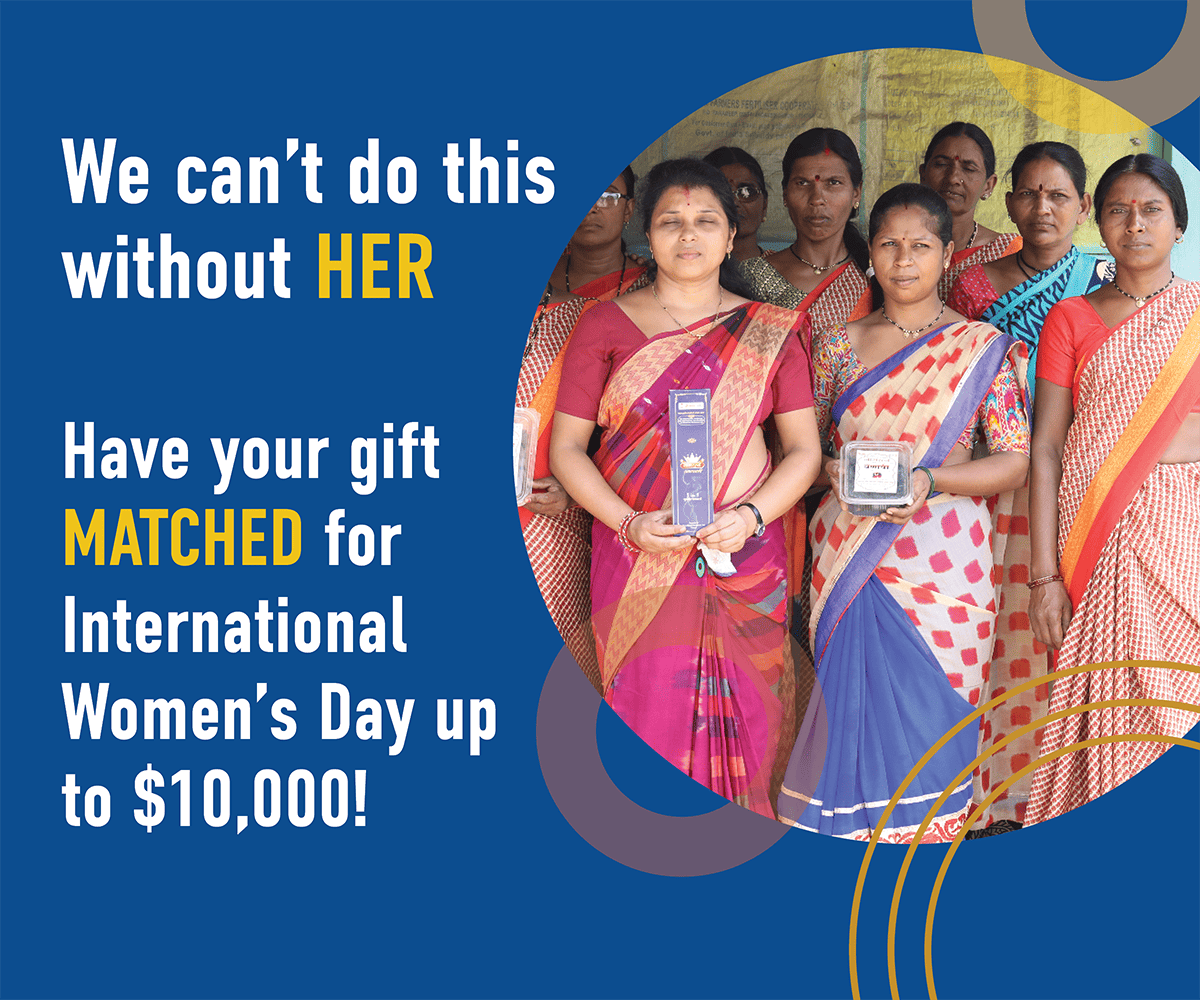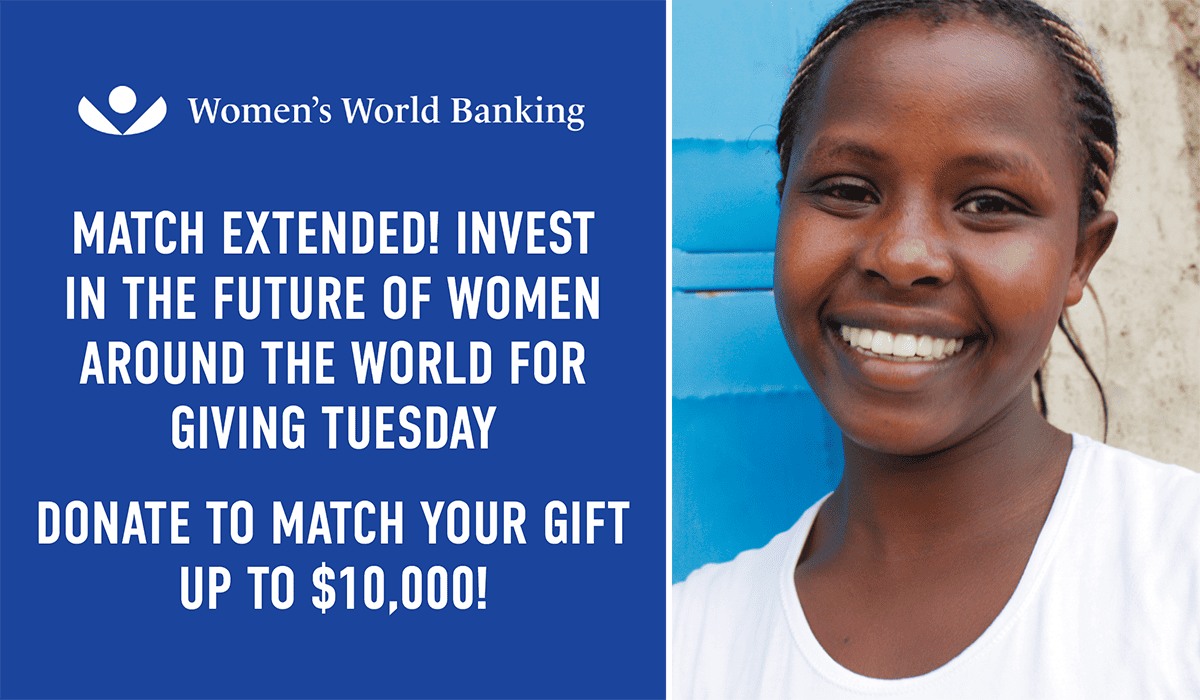Driving Women's Financial Inclusion at All Levels
Explore the latest global and regional insights from Women’s World Banking’s work in policy, leadership, women’s entrepreneurship, gender lens investing, and more.
Latest Posts
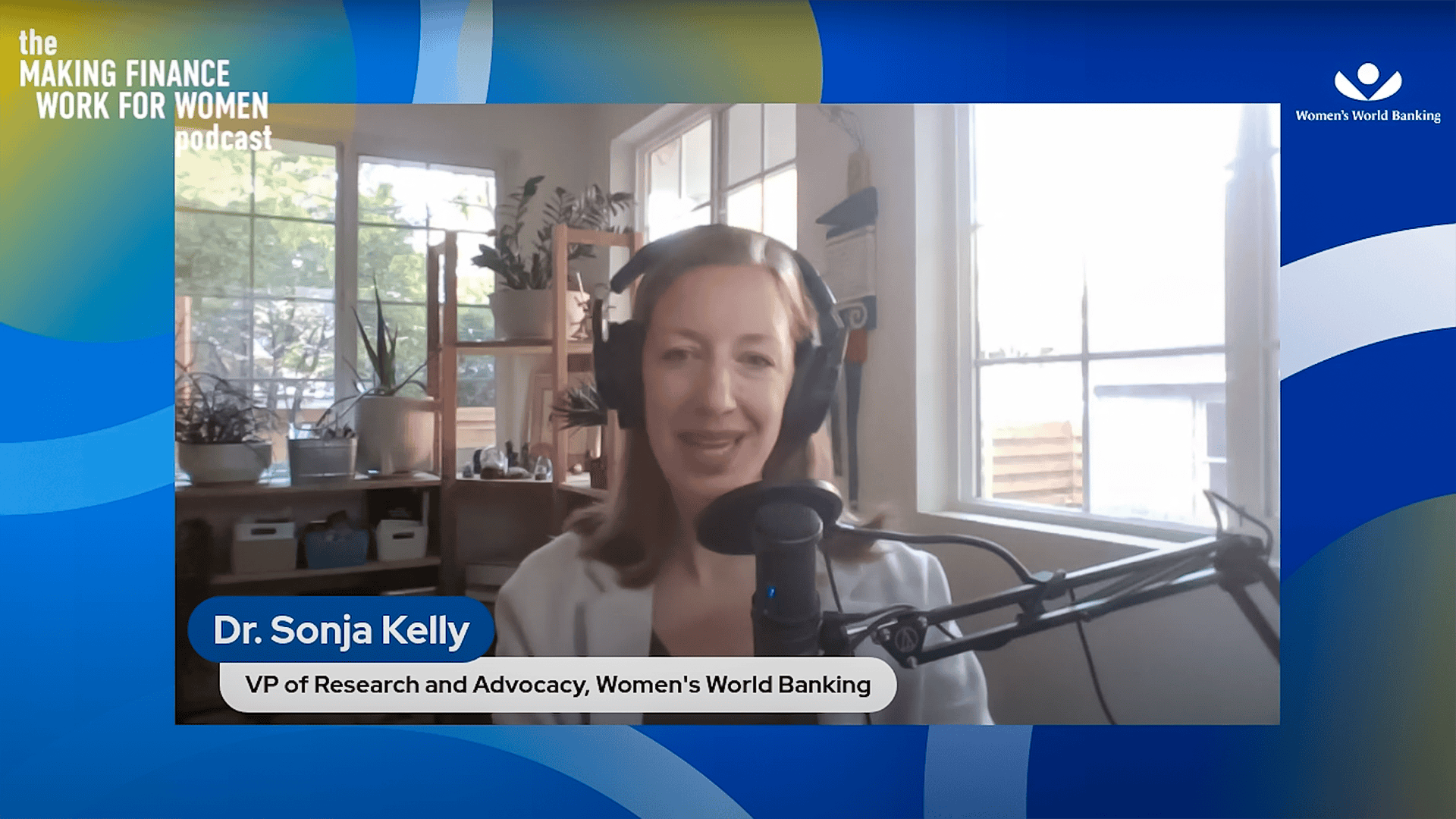
The MFWW Podcast Ep. 11: Finance’s Heroine: Consumer Protection
In Episode 11 of the Making Finance Work for Women podcast, Jo Ann Barefoot, CEO of AIR, discusses integrating a gendered perspective into financial consumer protection, strategies for inclusion, and balancing innovation with regulation as nearly one billion women enter the formal financial system.
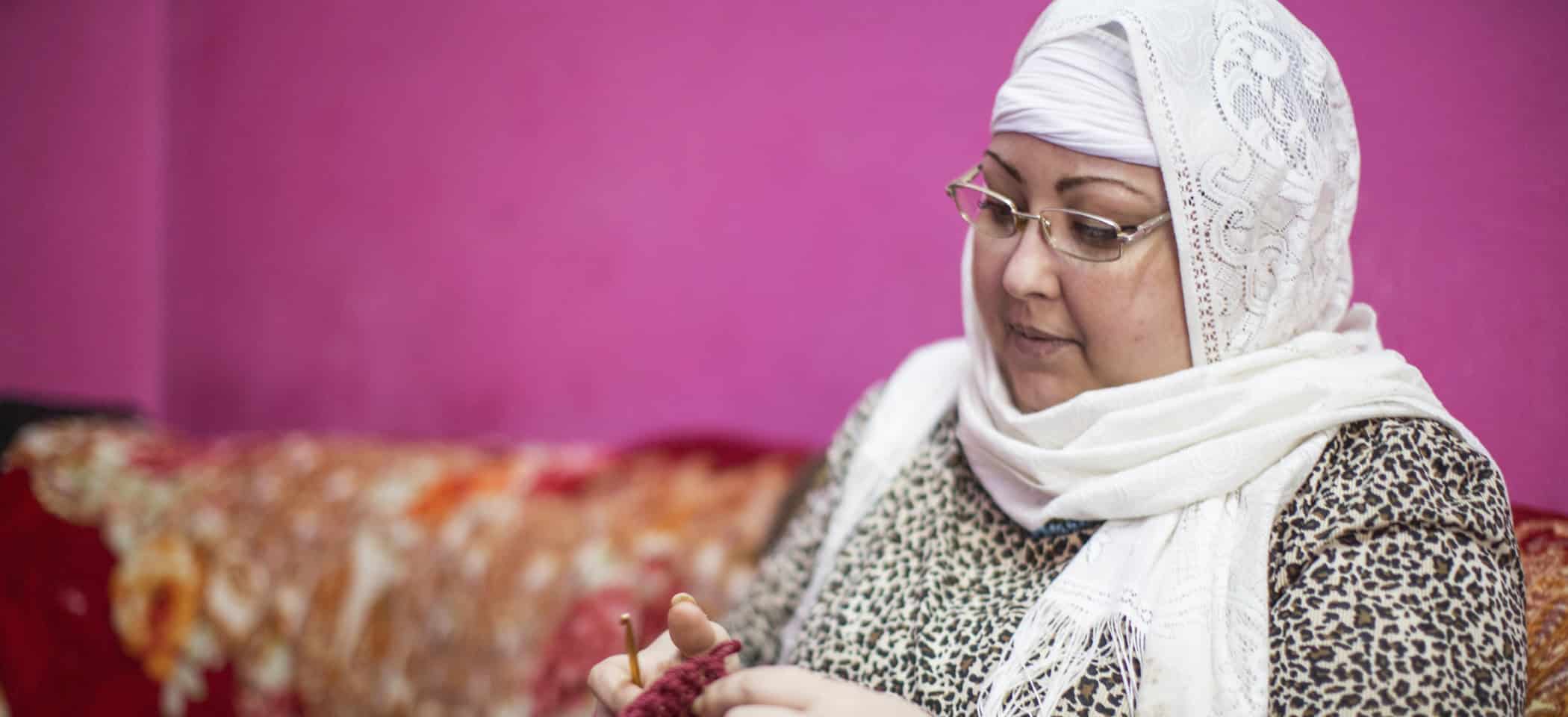
Making Finance Work for Women for 45 Years | Manal
To celebrate Women’s World Banking’s 45th anniversary, we are showcasing the voices of individuals from around the world who have shaped and touched Women’s World Banking journey. These are stories from across Women’s World Banking’s reach from the women we serve and our customers, to allies and women in leadership
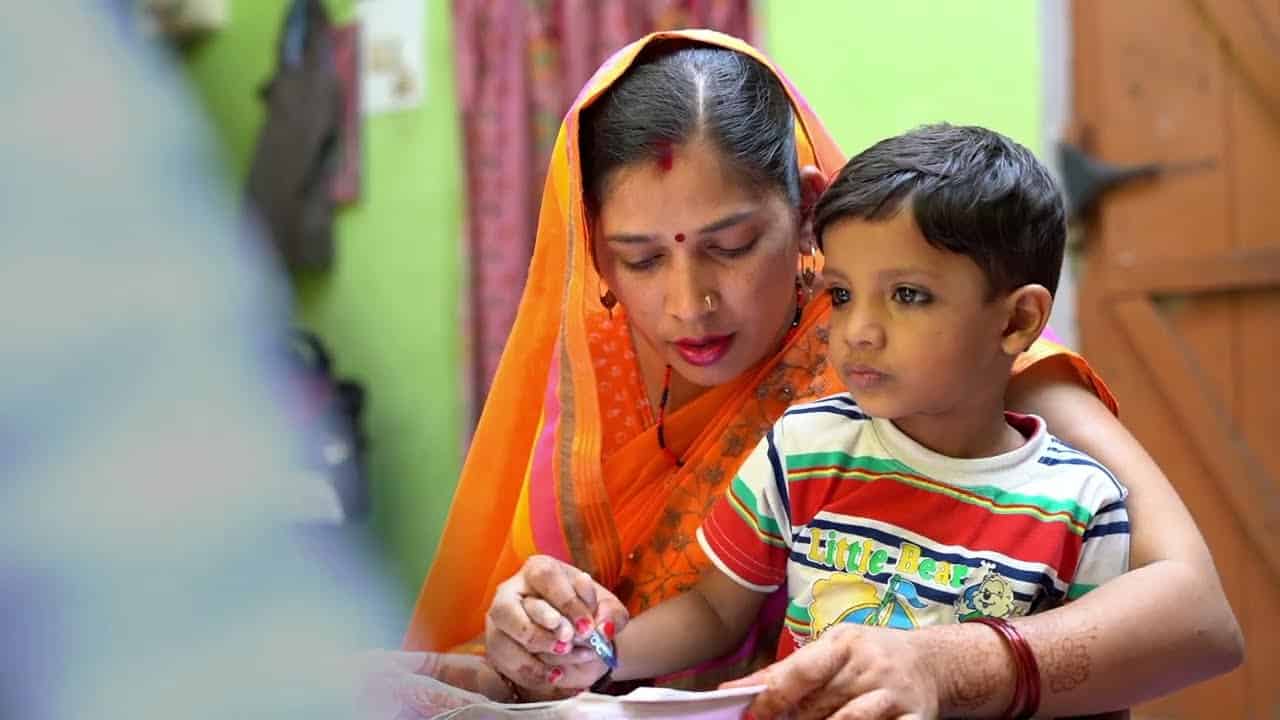
Making Finance Work for Women for 45 Years | Gyanwati
To celebrate Women’s World Banking’s 45th anniversary, we are showcasing the voices of individuals from around the world who have shaped and touched Women’s World Banking journey. These are stories from across Women’s World Banking’s reach from the women we serve and our customers, to allies and women in leadership
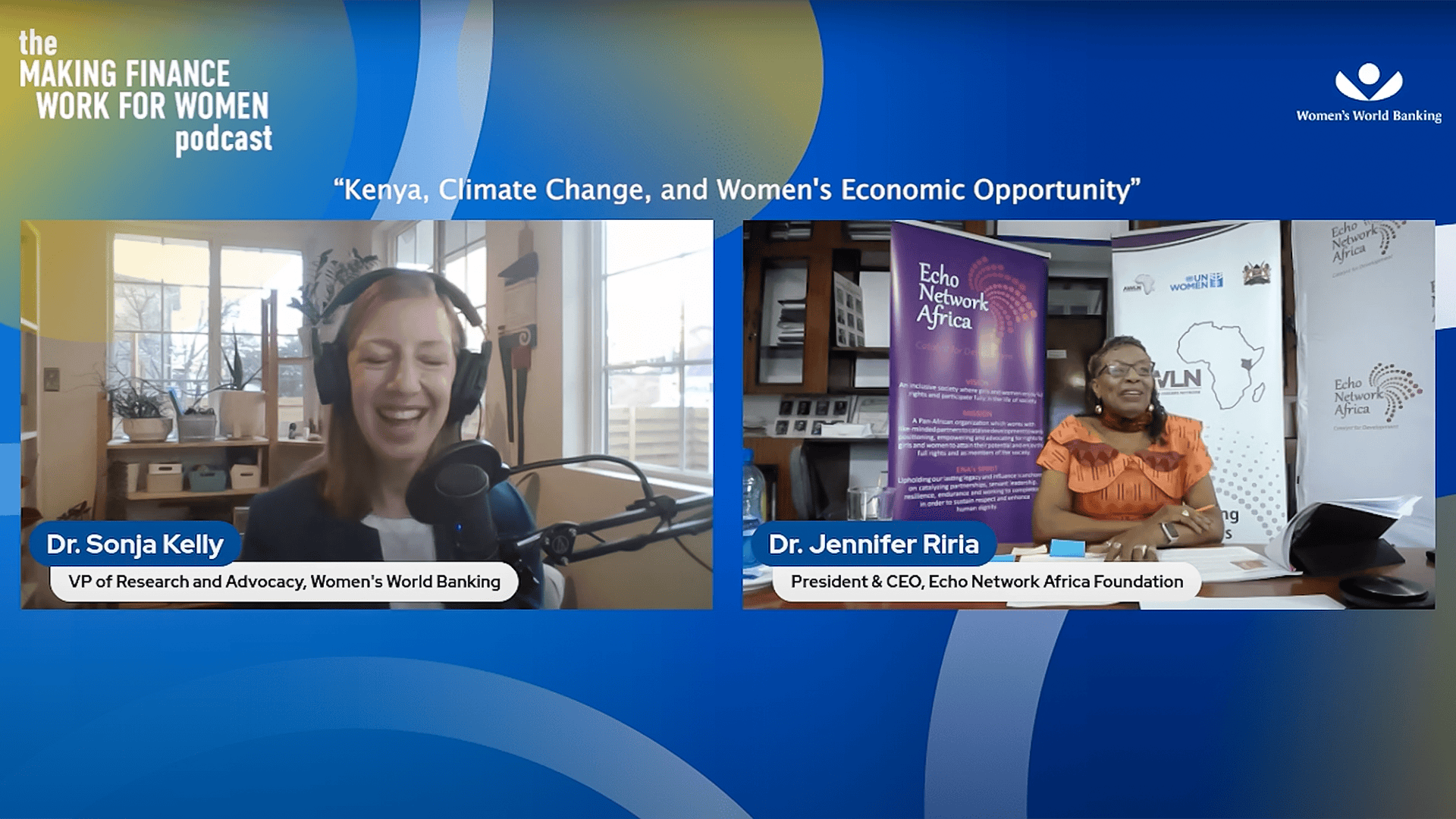
The MFWW Podcast Ep. 10: Kenya, Climate Change, and Women’s Economic Opportunity
In Episode 10 of the Making Finance Work for Women podcast, Dr. Jennifer Riria discusses the intersection of climate change and digital financial inclusion. Learn about innovative solutions to combat climate change while empowering women through financial inclusion, and explore the transformative potential of climate-conscious finance.

Making Finance Work for Women for 45 Years | Esther Ocloo
Esther Afua Ocloo, a young woman who transformed a mere sixpence into 12 jars of marmalade, marking the genesis of her entrepreneurial journey, eventually emerged as one of Ghana’s foremost business leaders and a staunch advocate for women’s economic participation. As Women’s World Banking’s inaugural chairwoman, she etched her name
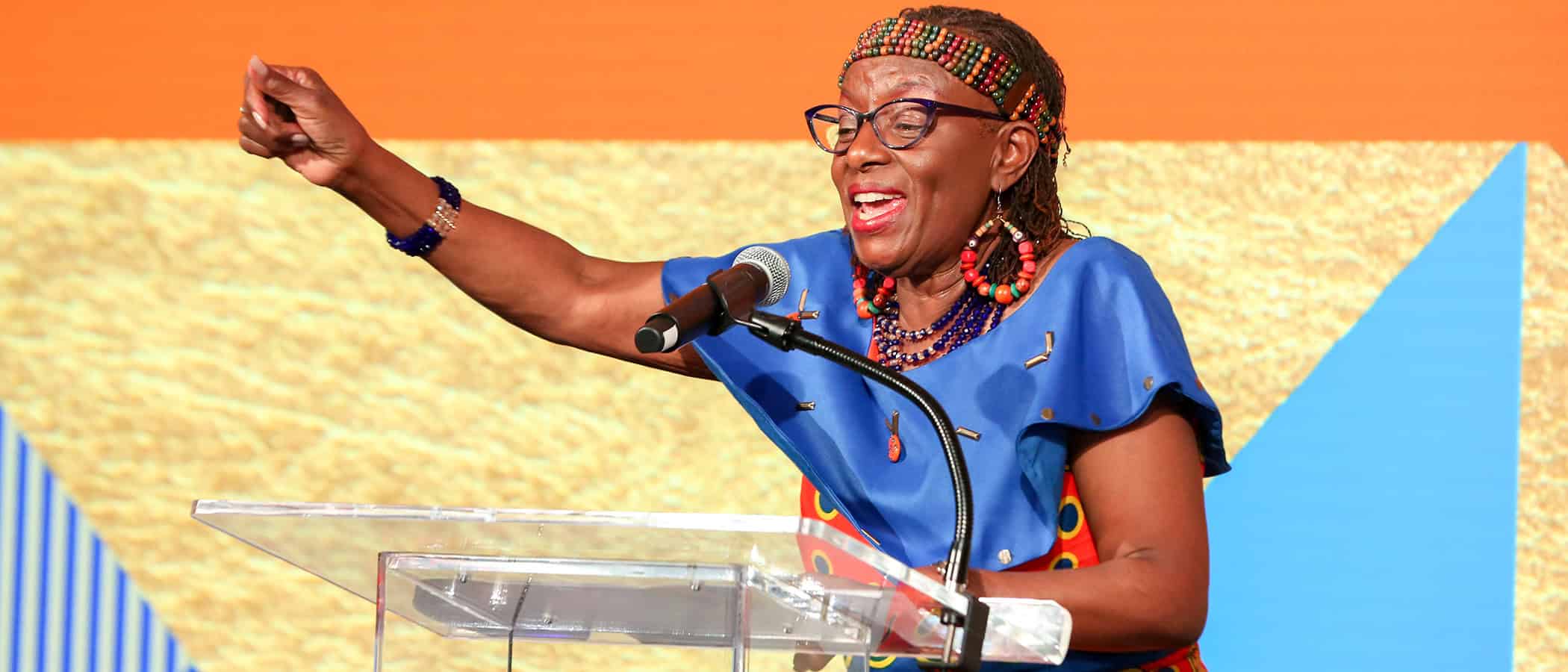
Making Finance Work for Women for 45 Years | Dr. Jennifer Riria
To celebrate Women’s World Banking’s 45th anniversary, we are showcasing the voices of individuals from around the world who have shaped and touched Women’s World Banking journey. These are stories from across Women’s World Banking’s reach from the women we serve and our customers, to allies and women in leadership

Making Finance Work for Women for 45 Years | Sylvia Chin
To celebrate Women’s World Banking’s (WWB) 45th anniversary, we are showcasing the voices of individuals from around the world who have shaped and touched Women’s World Banking journey. These are stories from across Women’s World Banking’s reach from the women we serve and our customers, to allies and women in
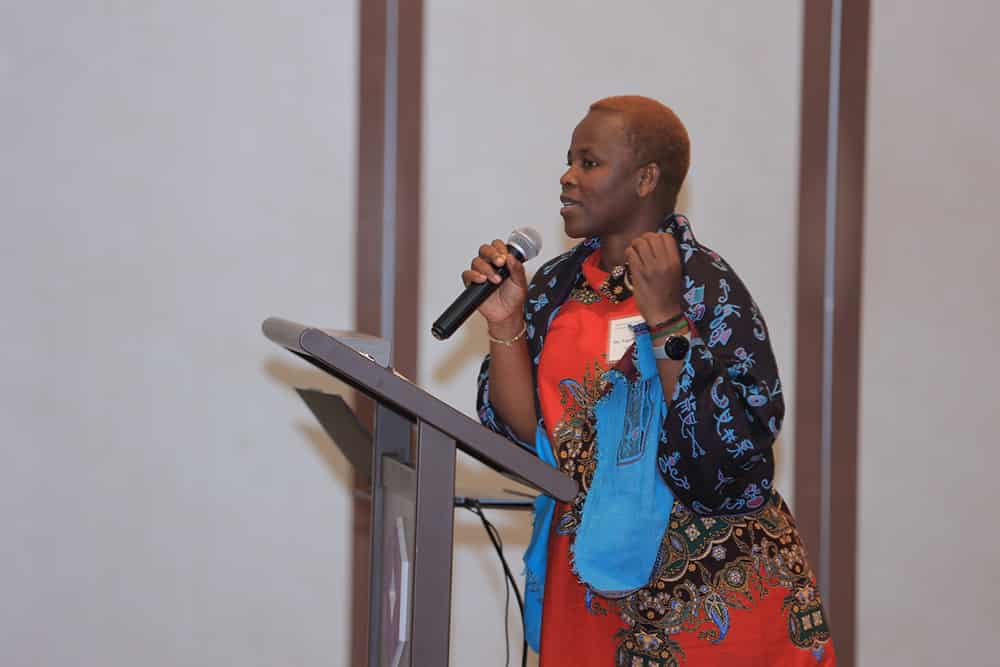
Charting Paths to Empowerment: Highlights from the Women’s Digital Financial Inclusion Advocacy Hub
The Women’s Digital Financial Inclusion (WDFI) Advocacy Hub team recently met with coalition members and the larger women’s financial inclusion ecosystem in Addis Ababa. Ethiopia is home to one of the local coalitions, and two coalition members joined from Indonesia, home to the other local coalition (Dr. Arifah Rahmawati, Secretary
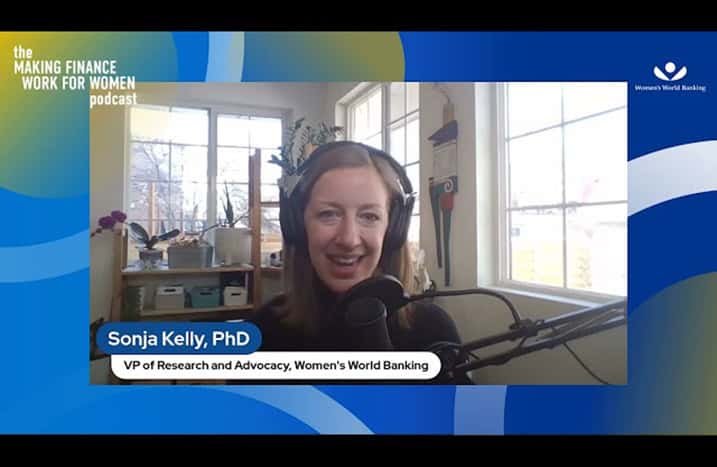
The MFWW Podcast Ep. 9: Past to Present: Women’s Role in Fintech’s Evolution
In episode 9 of The Making Finance Work for Women Podcast, we embark on a compelling exploration of the evolution of fintech, recognizing the pivotal yet underrepresented role of women leaders in this burgeoning industry. As fintech matures, it is crucial to acknowledge the responsibility that accompanies its growth.
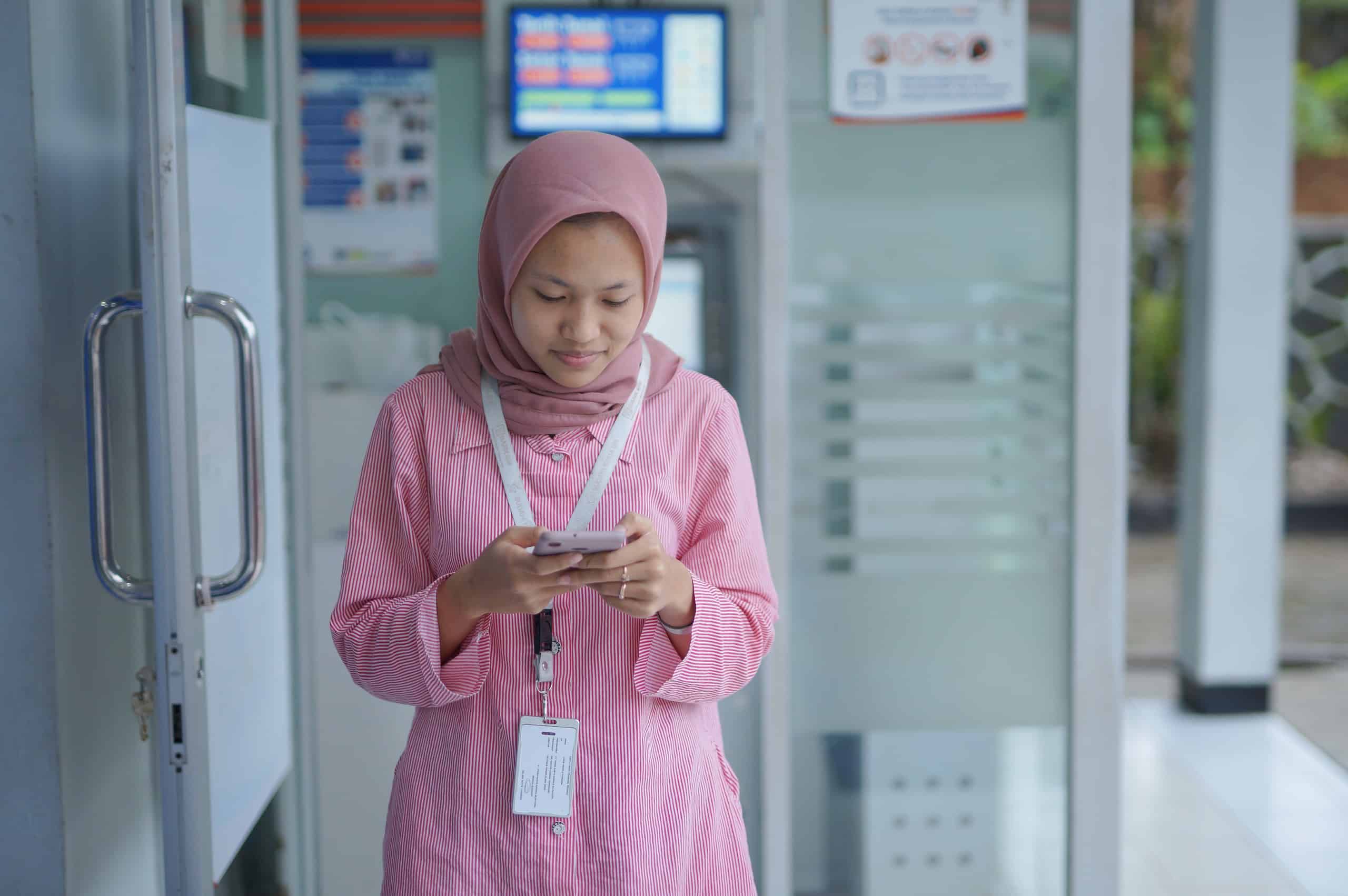
Five Insights to Drive Digital Inclusion of Women
By Dr. Sonja Kelly, Global Vice President, Research & Advocacy, Women’s World Banking The early release of the GSMA Mobile Gender Gap 2024 headlines, the World Bank Global Digital Summit, and the preparations for Brazil’s G20 focus on digital identity and data governance converged this past week, with important insights

